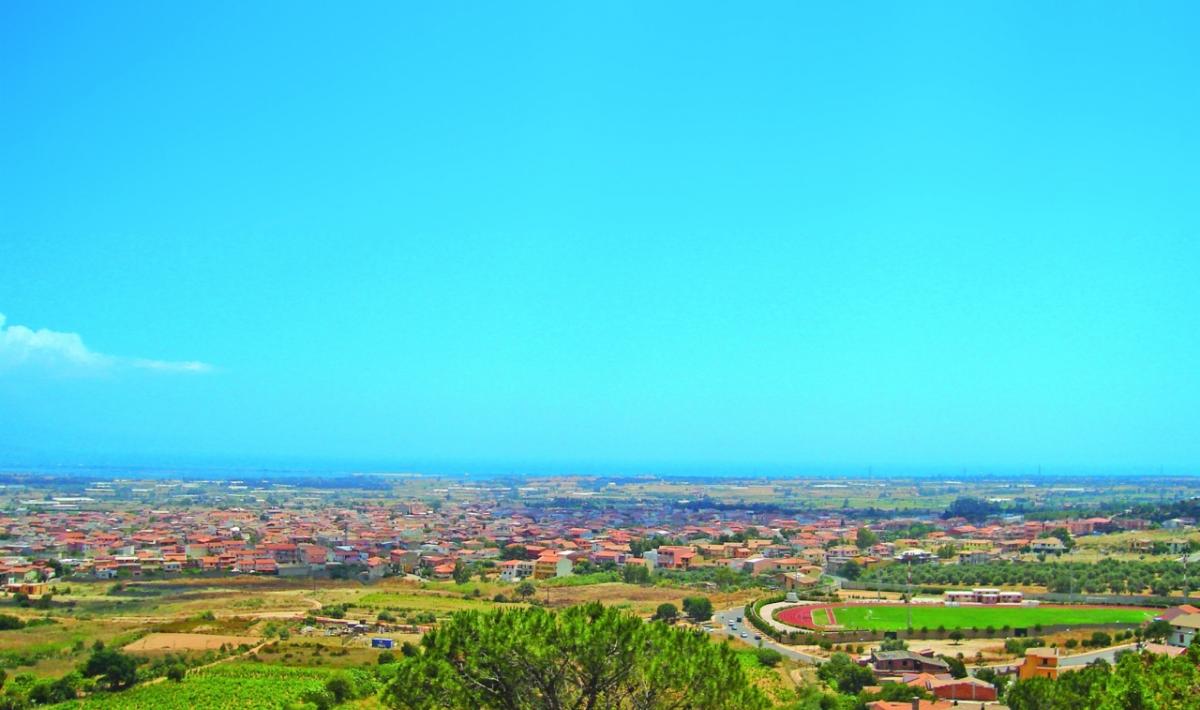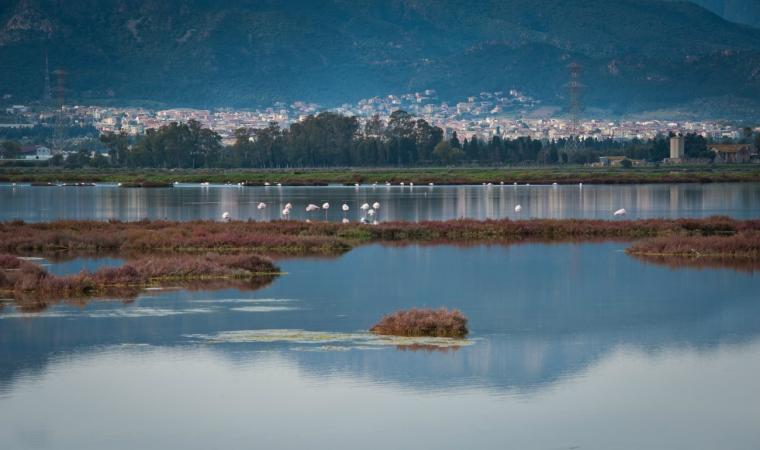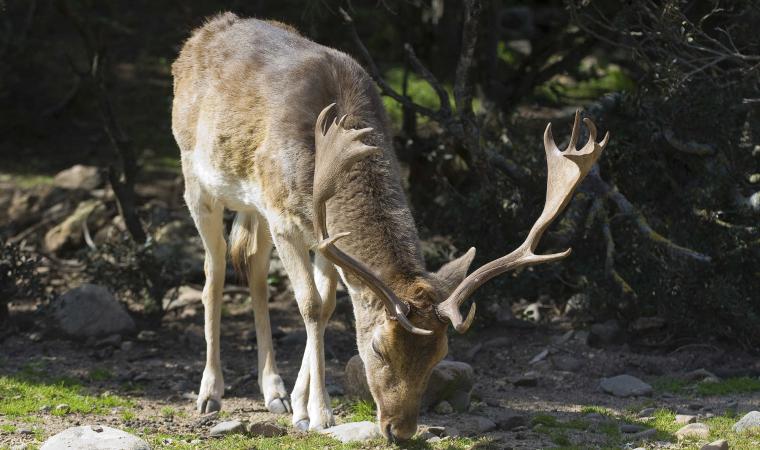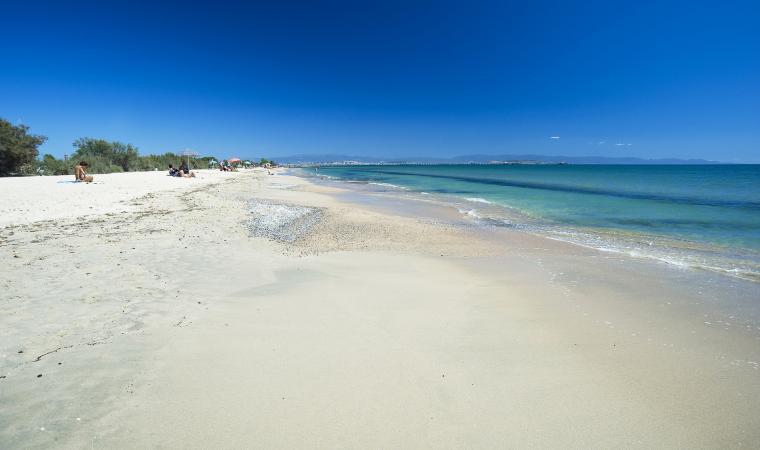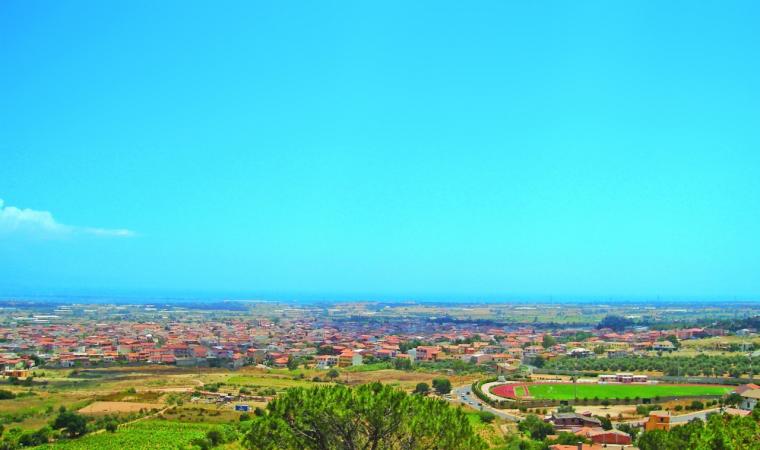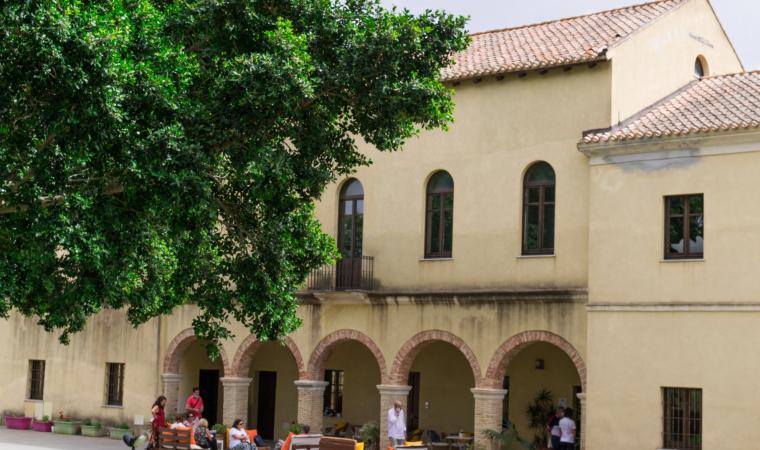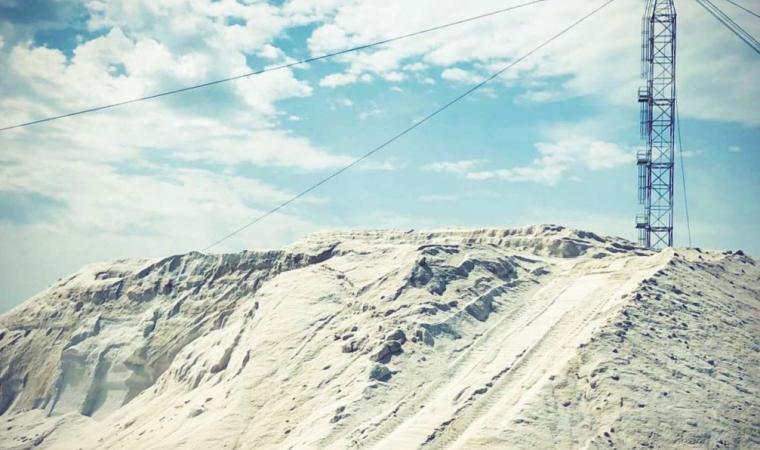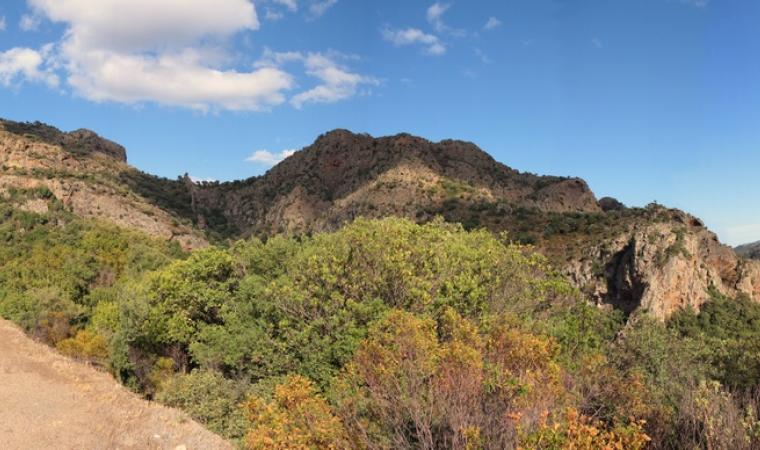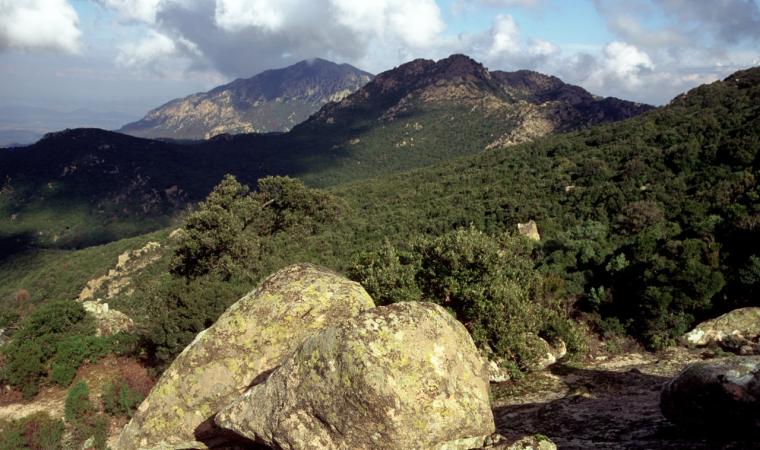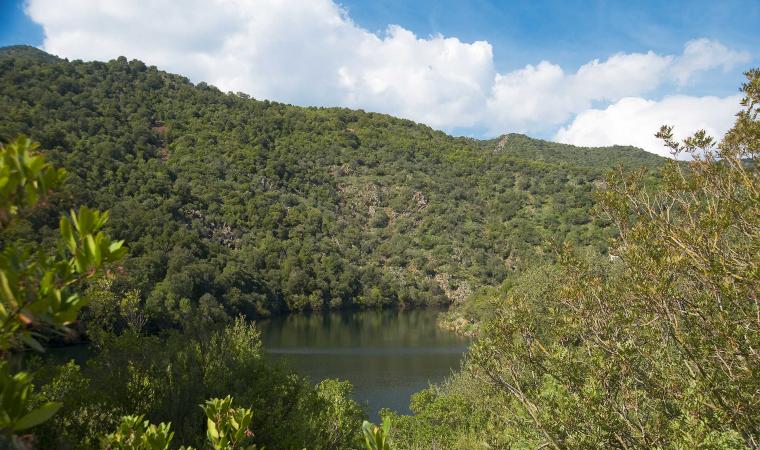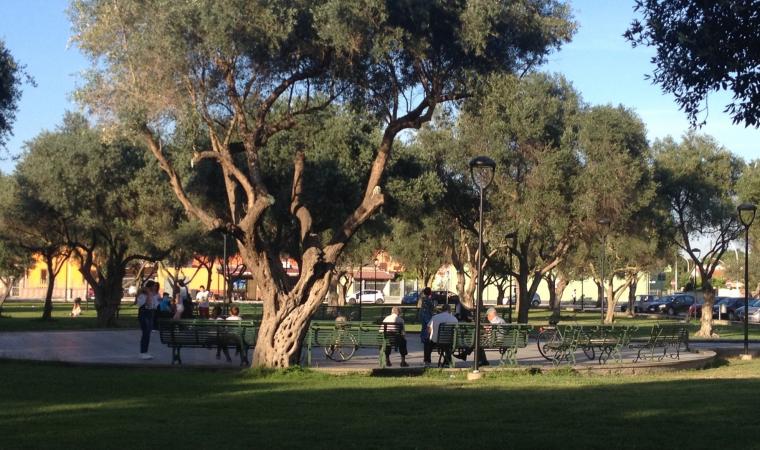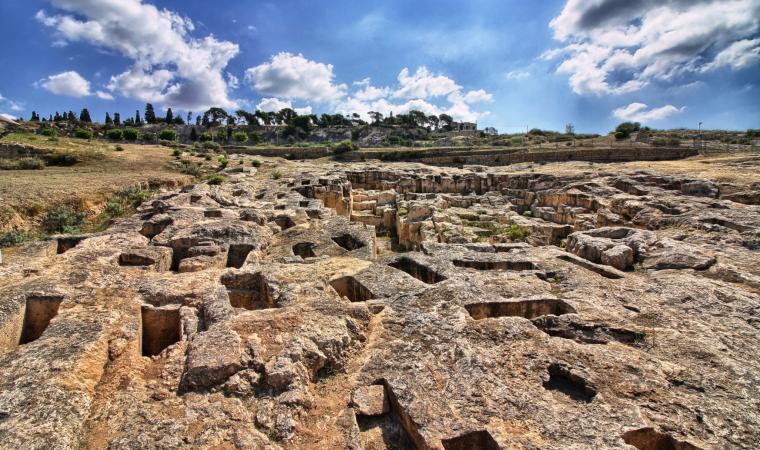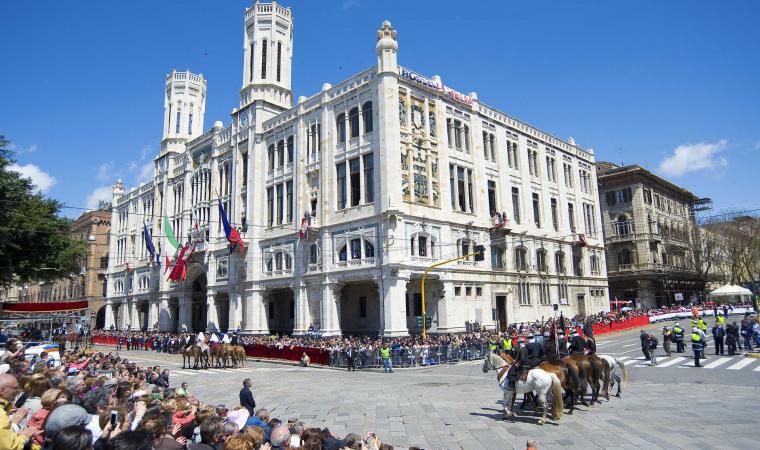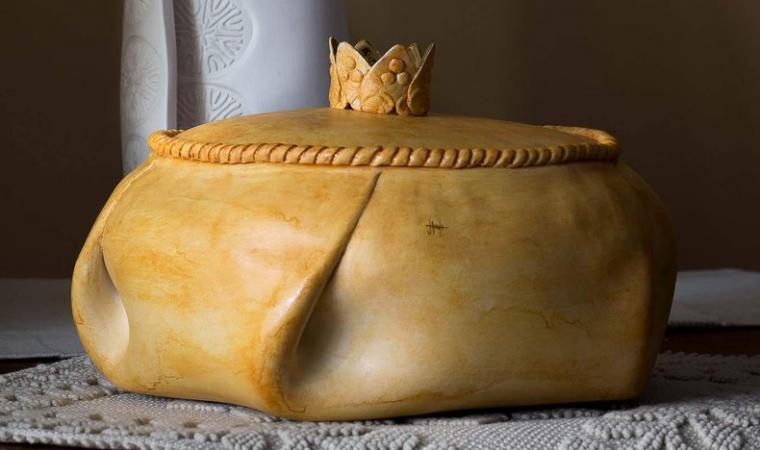Capoterra stretches along the foot of Mount Arcosu and it is washed by the Stagno di Cagliari lagoon – known as Santa Gilla. Capoterra is a town with approximately 23 thousand inhabitants at the southwestern gates of Sardinia's capital city. In its immense territory, which has been inhabited since the Pre-Nuragic period, nature and history are intertwined. You will find enchanting and remarkably interesting landscapes on Monte Arcosu, consisting of almost four thousand hectares of forest, with a 'heart' of holm oaks and cork oaks, surrounded by Mediterranean scrub, where the Sardinian deer and the fallow deer wander undisturbed. The park is kept moist by watercourse and waterfalls. Located within the 1300 hectares of the Cagliari lagoon, one of the most important birdlife oases in Europe, there is the pond of Capoterra, where you can take a comfortable position and observe flamingos and black-winged stilts.

